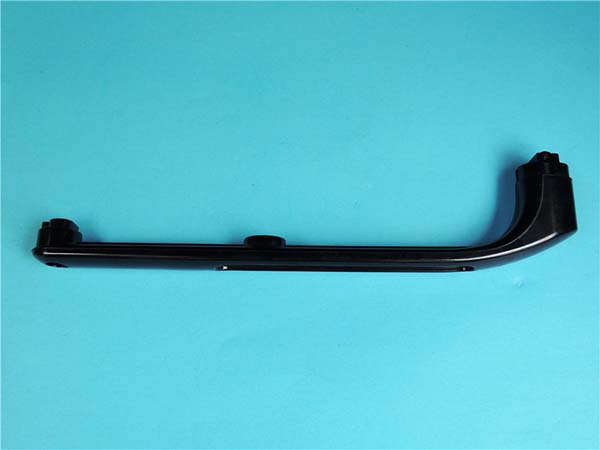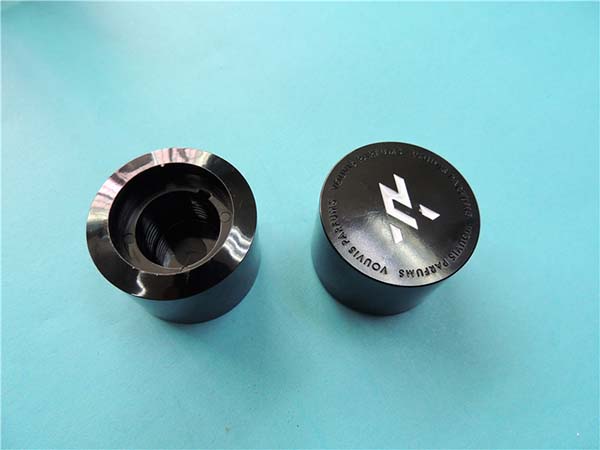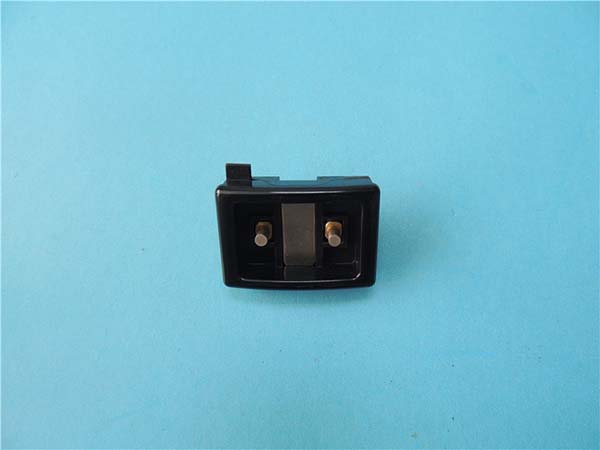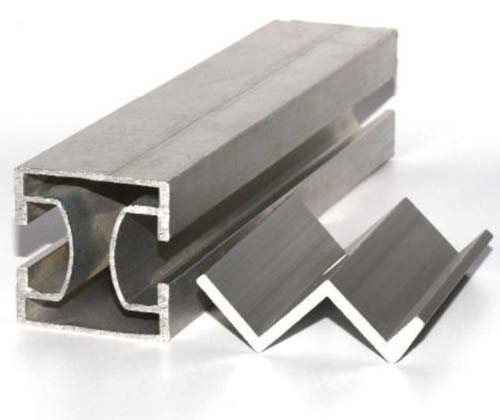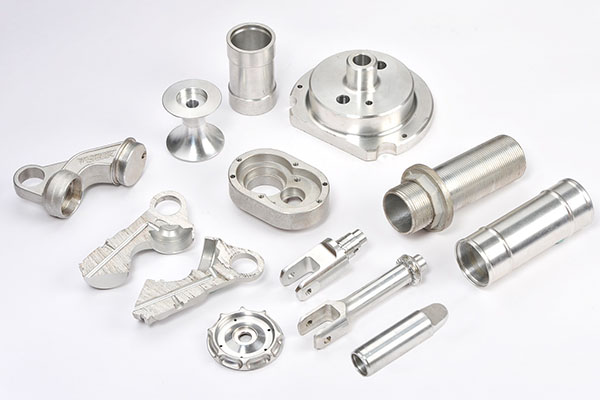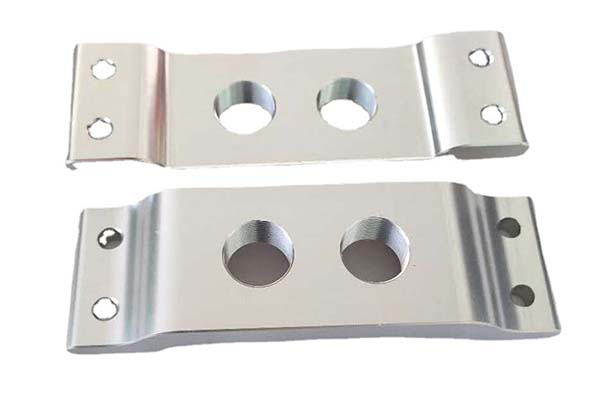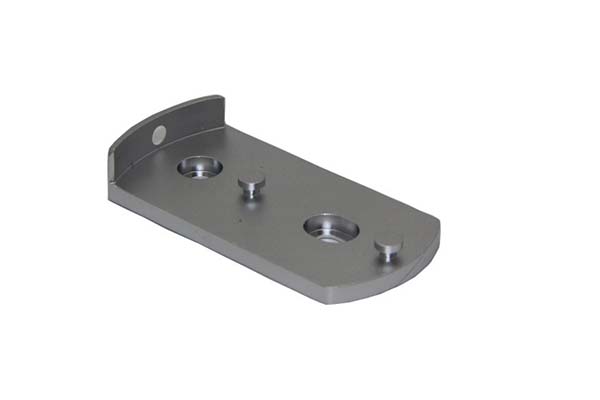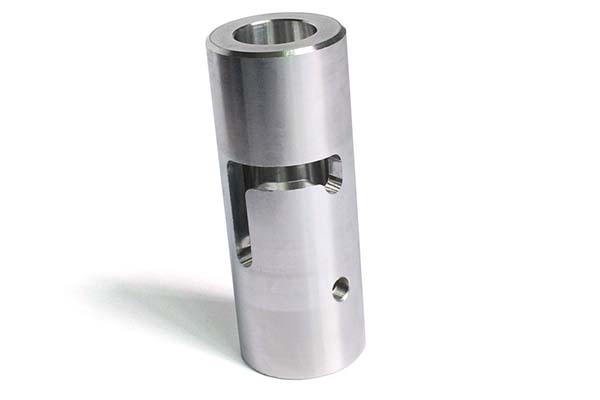Introduction
The Importance of Rapid Prototyping
In the fast - paced world of product development, time is of the essence. This is where rapid prototyping steps in as a game - changer. Rapid prototyping allows companies to quickly create a physical or digital model of a product concept. This model can then be tested, refined, and improved upon, all before the full - scale production process begins.
One of the key benefits of rapid prototyping is that it significantly reduces the time from concept to market. Instead of spending months or even years in the design phase, companies can have a working prototype in a matter of weeks or even days. For example, a tech startup developing a new mobile app can use rapid prototyping to create a basic version of the app within a short period. This allows them to test the user interface, functionality, and gather feedback from potential users much earlier in the process.
Professionalism and Industry Experience
Skilled Team
Rapid Prototypes LLC prides itself on its team of highly skilled professionals. The team is composed of mechanical engineers, electrical engineers, 3D modelers, and materials experts. Each member brings a unique set of skills and knowledge to the table.
Mechanical engineers on the team have an average of 10 years of experience in designing mechanical components. They are proficient in using advanced CAD (Computer - Aided Design) software such as SolidWorks and AutoCAD. These tools enable them to create detailed 3D models of products, ensuring that every dimension and feature is accurately represented. For example, they can design complex mechanical parts with tight tolerances, which is crucial for the proper functioning of prototypes in industries like aerospace and automotive.
The electrical engineers, with an average of 8 years of experience, are well - versed in circuit design, PCB (Printed Circuit Board) layout, and embedded system development. They have worked on numerous projects involving the integration of electrical components into prototypes. They can design power - efficient circuits, select the right electronic components based on the project's requirements, and ensure that the electrical systems in the prototypes are reliable and meet safety standards.
3D modelers, who have been in the field for an average of 5 years, are masters at creating visually appealing and accurate digital models. They can take a rough concept and turn it into a detailed 3D representation that can be used for visualization, analysis, and 3D printing. Their skills are essential in the initial stages of rapid prototyping, allowing clients to get a clear picture of how their product will look and function.
Materials experts, with over 12 years of experience on average, are knowledgeable about a wide range of materials, from plastics to metals. They can recommend the most suitable materials for a prototype based on factors such as strength, durability, cost, and manufacturability. For instance, they can suggest the right type of plastic for a consumer product prototype that needs to be lightweight, yet strong enough to withstand normal use.
Successful Projects
Over the years, Rapid Prototypes LLC has completed numerous successful projects that showcase its expertise.
One such project was for a leading automotive company. The client needed a prototype of a new engine component within a tight deadline of 4 weeks. Rapid Prototypes LLC assembled a cross - functional team and used advanced 3D printing and CNC (Computer Numerical Control) machining techniques. The team managed to create a high - quality prototype that met all the client's specifications. The prototype was tested and found to improve the engine's performance by 15% compared to the existing component. This project not only demonstrated the company's ability to work under pressure but also its technical prowess in handling complex automotive components.
Another notable project was for a medical device startup. The startup was developing a new portable diagnostic device. Rapid Prototypes LLC was responsible for creating a functional prototype. The team worked closely with the startup's R&D team to understand the device's requirements. They used a combination of additive manufacturing and traditional manufacturing methods. The result was a prototype that was 30% smaller and 20% more cost - effective than the initial design. This prototype helped the startup secure further funding and move forward with the development of the product.
In a technology - related project, a software - hardware integration startup needed a prototype of a smart home device. Rapid Prototypes LLC designed and built a prototype that could be controlled via a mobile app. The prototype was tested in a real - world environment and received positive feedback from beta testers. This success led to the startup's product being launched in the market within a year, and it captured 10% of the local smart home device market in the first six months.
How Rapid Prototypes LLC Solves Problems
Shortening Development Cycles
Time is a precious resource in product development, and Rapid Prototypes LLC understands this well. They use state - of - the - art technologies and streamlined processes to significantly shorten development cycles for their clients.
One of the ways they achieve this is through their advanced 3D printing capabilities. 3D printing allows for the rapid creation of physical prototypes. For example, in a typical project, while traditional manufacturing methods might take weeks to produce a prototype, Rapid Prototypes LLC can use 3D printing to have a basic prototype ready in as little as 3 - 5 days. This is because 3D printing builds the prototype layer by layer, directly from a digital model, eliminating the need for complex tooling and setup processes that are time - consuming in traditional manufacturing.
They also have an efficient project management system. Each project is assigned a dedicated project manager who coordinates between different teams. This ensures that there are no communication gaps or delays. The project manager sets clear milestones and timelines, and closely monitors the progress of the project. For instance, in a project for a consumer electronics company that needed a prototype of a new smartwatch within 6 weeks, the project manager at Rapid Prototypes LLC was able to keep the project on track by scheduling regular meetings, assigning tasks effectively, and quickly resolving any issues that arose. As a result, the prototype was delivered on time, allowing the client to start their testing phase earlier and potentially bring their product to market faster.
Cost - Effective Solutions
Rapid Prototypes LLC offers cost - effective solutions that help clients save on development costs without sacrificing quality.
In terms of material selection, their materials experts are well - versed in a wide range of materials and their costs. They analyze the requirements of each project and recommend the most suitable and cost - efficient materials. For example, if a client is developing a prototype of a non - critical consumer product, the materials expert might recommend a less expensive but still suitable plastic material instead of a more costly high - performance material. This can lead to a significant cost reduction. In one case, for a toy prototype project, by choosing an appropriate plastic material, Rapid Prototypes LLC helped the client save 25% on material costs compared to their initial material choice.
Another cost - saving measure is their use of a combination of manufacturing techniques. They don't rely solely on one method but choose the most cost - effective approach based on the prototype's design and requirements. For simple geometric shapes, 3D printing might be the most cost - efficient option. However, for parts that require high precision and complex machining, they might use CNC machining. By optimizing the manufacturing process in this way, they can avoid over - engineering and unnecessary costs. In a project for a small - scale industrial equipment prototype, by using a combination of 3D printing for some components and CNC machining for the critical parts, they reduced the overall manufacturing cost by 20% while maintaining the required quality and functionality.
Yigu Technology's Viewpoint
As a non - standard plastic metal products custom Supplier, Yigu Technology sees great potential for cooperation with Rapid Prototypes LLC. In the current highly competitive manufacturing industry, collaboration between companies with complementary strengths can lead to remarkable results.
Yigu Technology specializes in custom - made plastic and metal products, and Rapid Prototypes LLC's expertise in rapid prototyping can be a perfect match. For example, when developing new products, Yigu can provide the raw materials and manufacturing capabilities for non - standard parts, while Rapid Prototypes LLC can use their advanced prototyping techniques to quickly create samples for testing and validation. This cooperation can accelerate the product development cycle and ensure high - quality end - products.
Moreover, from an industry - development perspective, the combination of custom manufacturing and rapid prototyping is a trend. It allows for more innovative product designs and faster responses to market demands. Yigu Technology believes that by working together with Rapid Prototypes LLC, both companies can contribute to the development of the manufacturing industry, bringing more value - added products to the market.
FAQ
What types of materials can Rapid Prototypes LLC work with?
Rapid Prototypes LLC can work with a wide variety of materials. For plastics, they have experience with ABS, PLA, PETG, and nylon, which are commonly used in consumer products, electronics enclosures, and prototypes that require different levels of strength and flexibility. In terms of metals, they can handle aluminum, stainless steel, and titanium. Aluminum is often chosen for its lightweight properties and good strength - to - weight ratio, suitable for aerospace and automotive prototypes. Stainless steel is used when corrosion resistance and high strength are needed, like in medical device prototypes. Titanium is preferred for high - performance applications where extreme durability and strength are crucial. Additionally, they also work with composite materials such as carbon fiber - reinforced plastics for projects that demand high - strength and lightweight characteristics.
How long does it usually take to complete a rapid prototyping project?
The time to complete a rapid prototyping project depends on several factors, including the complexity of the design, the manufacturing techniques involved, and the materials used. However, on average, for a simple 3D - printed prototype using standard materials and a straightforward design, it can take as little as 3 - 5 days. For more complex projects that require a combination of manufacturing methods like 3D printing and CNC machining, along with intricate designs, the time frame can be around 2 - 4 weeks. For example, a project with a highly detailed mechanical part that needs precision machining and surface finishing will take longer compared to a basic plastic prototype with a simple geometric shape.
What after - sales services does Rapid Prototypes LLC provide?
Rapid Prototypes LLC offers several after - sales services. They provide technical support to answer any questions clients may have regarding the prototype, such as how to use it for testing or what improvements can be made based on the test results. If there are any defects or issues with the prototype within a reasonable time frame, they will work with the client to resolve the problem. This could involve re - printing a part, adjusting the design, or providing replacement components. They also offer design optimization advice based on the performance of the prototype during testing, helping clients to further enhance their product designs before moving on to mass production.
